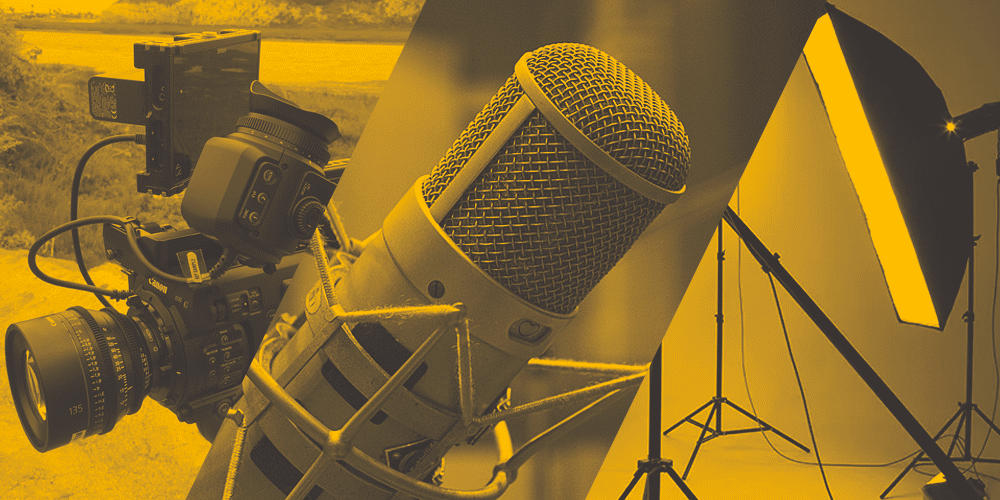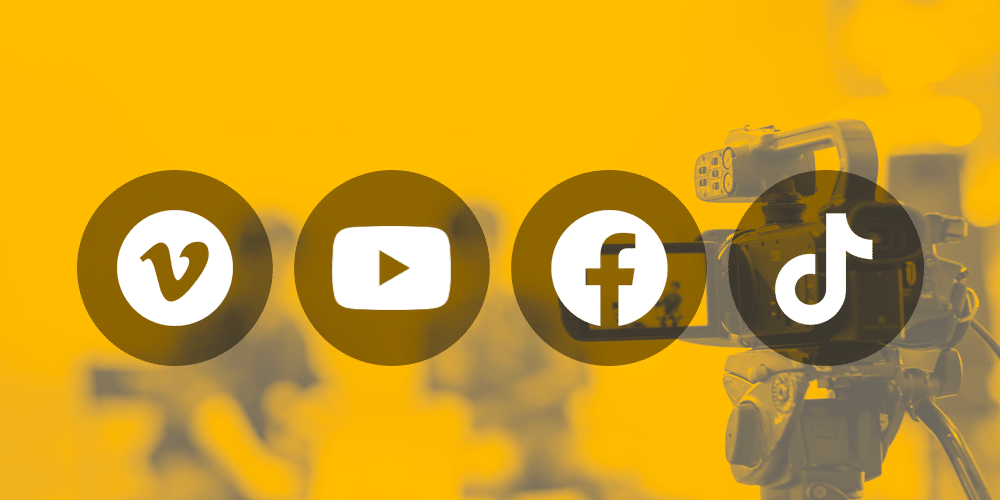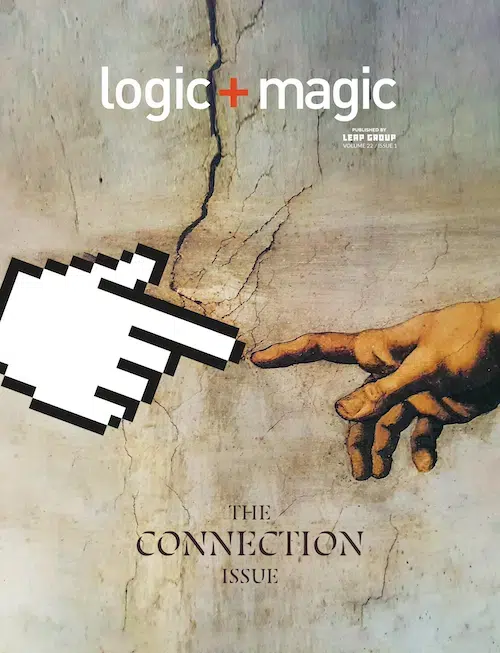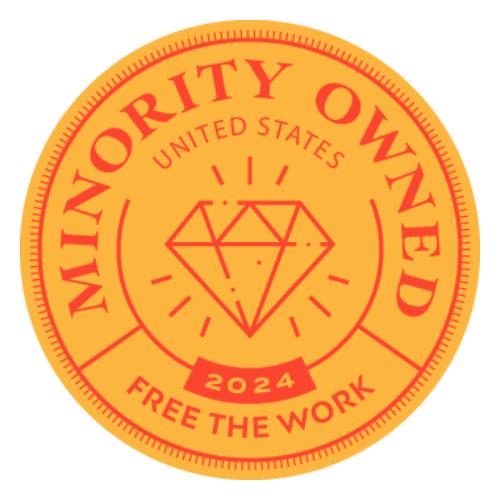Video interviews can be a powerful tool for capturing authentic stories and engaging audiences – so how can you make sure that your next attempt is a success? We’ve compiled this comprehensive guide of (spark)’s in-house process, complete with eight essential steps and tips for producing compelling video interviews.
Pre-Production Planning
Pre-planning is quite possibly the most crucial step in this entire process. Although it takes a massive amount of behind-the-scenes effort, pre-planning is vital to ensuring a smooth shoot day, a generous amount of usable footage, and high-converting video campaigns.
For optimum results, (spark) involves our clients in every step of the process so we’re always on the same page. Our team also works using a condensed-production approach, meaning we like to plan for our client’s current video needs but also take future goals into consideration. With that in mind, here’s how we break down pre-planning with our clients:
- First, the (spark) team helps our client define their purpose, tone, and messaging of their upcoming video interviews. We then take time to identify our client’s key players, from stakeholders to interviewees, to make sure everyone understands why these video interviews are being created and how their messaging will serve the brand’s goals.
- Next, it’s time to prepare interview questions. Take a long-lens view and break questions into large categories to make sure you cover every topic. Then develop a small handful of standardized questions that can be asked to everyone appearing on camera.
- Then, we assess every potential shoot-day need. From wardrobe and hair and makeup to food service and video equipment, think through every aspect of production. To maximize time and budget, we like to schedule back-to-back interviews with multiple people all in one day.

Selecting the Right Equipment
High-quality videos are produced by high-quality equipment, and while this isn’t news, it may be more complex than it seems. At this point in the process, (spark) revisits our client’s goals – the ones they hammered out in pre-planning – to decide what types and style of content we need to capture.
Does our client prefer formal sit-downs, active tasks, or a mixture of both? Understanding shoot-day goals is key to selecting the right equipment. Once we’ve established this information, it’s time to choose your lighting, camera, and microphone equipment!
- Lighting: If our video interviews are taking place in a branded environment, we’ll likely rely on a traditional three-point lighting setup that includes a key light, a fill light, and a backlight. Lighting an informal interview, one where the interviewee is actively involved in a task, often requires a combination of natural light and production lighting to fill the space.
- Cameras: (spark) typically uses a two-camera setup for video interviewing, which includes an A Camera for wide shots and a B Camera to capture close-ups. Using two cameras with two different focuses and perspectives gives us flexibility in editing and makes for seamless transitions in the final video product.
- Microphones: We typically set our clients up with shotgun microphones that hang just above their subjects but still out of frame. These mics are quite directional and can capture cleaner sound with as little background noise as possible. Shotgun mics also allow multiple interviewees to rotate in and out more quickly than individual lavalier microphones.
Setting the Stage
Shooting video interviews within one or more rooms or locations can be relatively relaxed and efficient if you prepare each space ahead of time. We can maximize our efforts by doing all our lighting and sound checks before our interviewees ever arrive. If we’re shooting in multiple locations, such as in a restaurant kitchen, loading dock, or office, we develop a plan that allows us to quickly pivot from one setup to the next.
Here’s how (spark) works together with clients to set the stage for successful video interviews, all while maximizing our client’s time and budget:
- First, we prepare the interview location by removing distractions and eliminating any low-level noises that may make editing difficult. For the best sound quality possible, we prioritize a quiet interview space. If it’s not possible to filter out background sounds like refrigerator hums, we capture room tone so that every frame matches in editing.
- Then, the (spark) crew works diligently to set up any necessary lighting, camera, and microphone equipment ahead of time so that everything is in place and ready to roll. We consider set design and create visually appealing backdrops for our client’s videos.
- Lastly, we ensure that interviewees are not only properly dressed and styled, but that they’re also comfortable and ready to share their story. The more comfortable and at-ease interviewees feel, the more likely they are to connect with viewers in an authentic way.
Conducting the Interview
The plan’s been made, the equipment is in place, the stage is set, and the interviewees are primed and comfortable. Once again, we ask our clients to revisit the interview questions they created during pre-planning. Here’s how (spark) ensures high-quality interviews on shoot day:
- Rather than sending questions ahead of time, we recommend asking interviewees in the moment so their answers are more candid and relatable to viewers. Focus on capturing genuine, compelling responses from the interviewees, and use open-ended questions to encourage detailed answers and allow for natural conversation.
- Stay in the moment! This may seem obvious, but if our clients become too rote and simply read interview questions from their notecards, we won’t get great response quality. We always remind our clients to engage with their interviewees to create a more natural, conversational flow and so they can take advantage of spur-of-the-moment opportunities to dig in deeper.
Capturing B-Roll Footage
While primary interview footage is key, capturing supplementary B-Roll is arguably just as important. B-Roll footage visually enhances video interviews and fills out the brand narrative in ways an interview alone cannot. This complementary footage can include shots of products, work locations, or behind-the-scenes perspectives.
- Remember how the (spark) team prefers to use a two-camera setup? The A and B Cameras can work in tandem to capture wide-angle and close-up views of interviewees as they cook, load trucks, create artwork – essentially any activity that would be of interest and fills out an interviewee’s story.
- Also keep in mind that B-Roll footage should be shot with the same care as primary footage, meaning our team pays attention to background audio, scene backdrops, and lighting just like they do when filming formal interviews.
Post-Production Editing
Now that we’ve compiled our client’s footage, it’s time for the (spark) creatives to make some post-production magic. The editing process is important for two reasons: It allows us to trim footage, add transitions, incorporate graphics, and enhance the audio quality to create a cohesive narrative. Editing also helps us put our client in a great position for future projects, as it gives them a clear idea of excess footage that could be repurposed for future video ad campaigns.
- As we edit, we always keep our client’s target audience in mind. Which sound bites will resonate most with their needs? Would they benefit from subtitles that make the video content more accessible?
- Remember not to rush. Post-production can feel tedious because it requires hours of sorting through raw footage, but taking the time to sequence interviews, sift out the most engaging segments, and polish the content always pays off in the long run. Many of our clients prefer to outsource their editing to the (spark) experts for a quick, professional turnaround.
Review and Approval
Once all the video interviews have been properly edited and the final project completed, we hand over the video interviews to our client so they can share the video with key stakeholders. Clients then make any necessary revisions based on their stakeholders’ input. After everyone is on board, brands can move forward with publishing and promoting their finished video.
- Stakeholder feedback and approval is vital to make sure the video content is as powerful and targeted as possible. Stakeholders not only have a vested interest in the success of the company, but they can also offer outside perspectives and helpful ideas.
- Asking for stakeholder input also ensures that video scenes have proper continuity and that the entire video narrative is in sync with brand goals, tone, and personality.

Distribution and Promotion
Once the video is finalized, (spark) works together with our client to create a distribution plan and share the product with the target audience. The (spark) team specializes in promoting the video on our client’s social media channels, websites, and other relevant platforms.
- Publishing video content is more complex that uploading the finished footage. Brands should work with their media agency to develop a publication and distribution strategy to target audiences appropriately. At (spark), we pride ourselves on marketing to the right audiences on the right channels at the right time.
- Don’t neglect highlight reels and promotional video excerpts to create buzz and draw attention to your video interviews. Encourage your video guests to promote the video as well and share it across their social platforms. This coordinated online activity is key to increasing views, driving traffic, and reaching brand goals.
(spark)’s expertise means we’re well-versed in crafting compelling narratives that resonate with audiences and effectively communicate our clients’ messages. Our production team is agile and can adapt to a myriad of brand environments. If you want to recreate some of (spark)’s magic in your own video interview production process, reach out today and connect with our team to take your brand to the next level.

